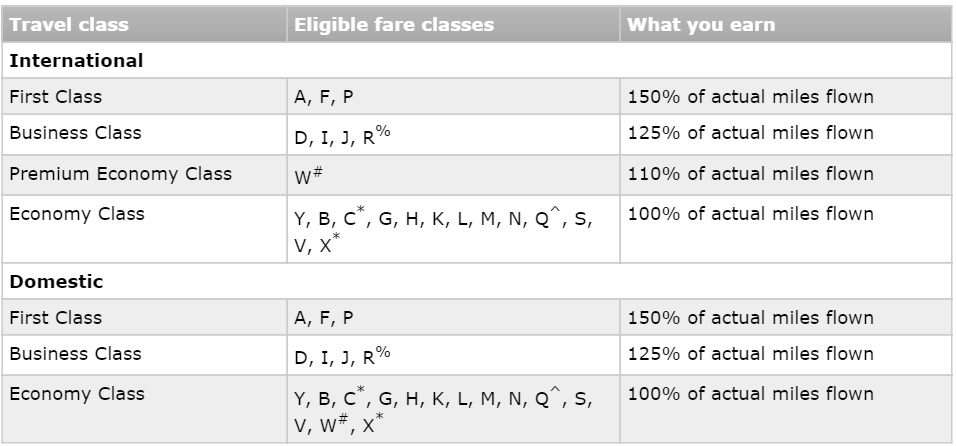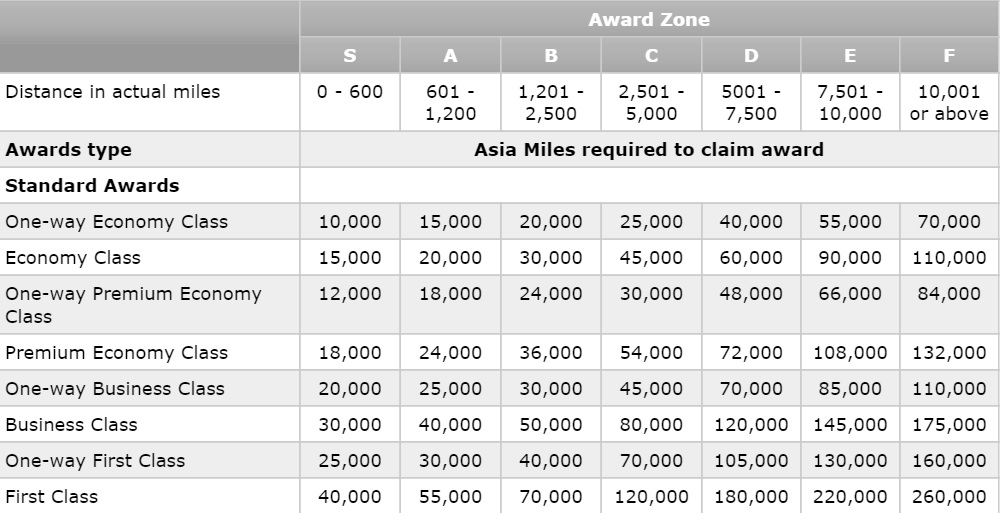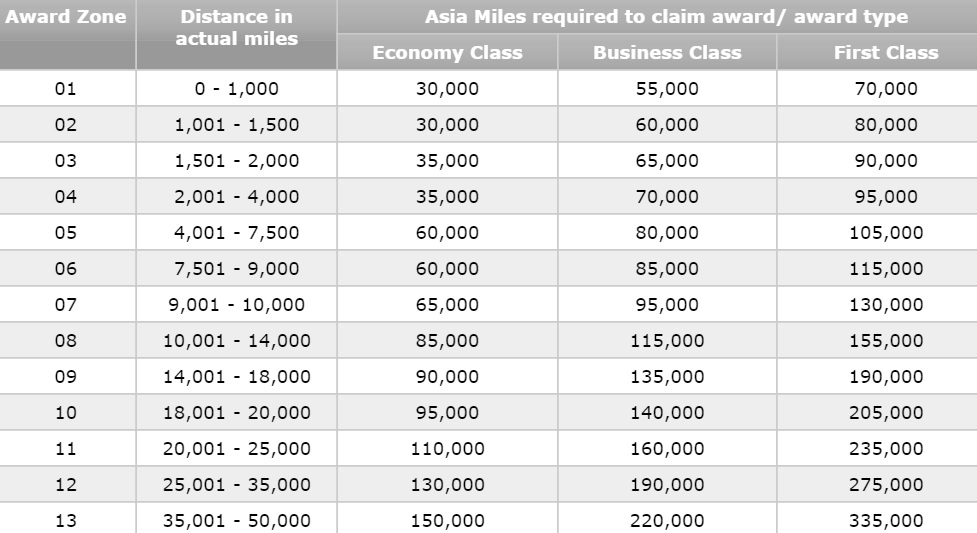I receive compensation for content and many links on this blog. Citibank is an advertising partner of this site, as is American Express, Chase, Barclays and Capital One. Any opinions expressed in this post are my own, and have not been reviewed, approved, or endorsed by my advertising partners. I do not write about all credit cards that are available -- instead focusing on miles, points, and cash back (and currencies that can be converted into the same). Terms apply to the offers and benefits listed on this page.
American Airlines joined Delta and United in awarding miles for flights based on the cost of a ticket rather than the distance you fly.
Your cheap tickets don’t get you very much when you fly anymore. Even your more expensive tickets come out behind on long distance flights.
Elite frequent flyers will probably still suck it up and credit their cheap flights to these programs because distance flown still matters for earning elite status, and because of the better treatment as an elite their status with the airline gets them.
However most passengers – who do not have status with the airline – should credit their miles to a partner frequent flyer program.
- With United that means Singapore Airlines, where you still earn 100% of flown miles in the KrisFlyer program even on cheap K fares (which is what most the super deep discount trips I’ve written about lately have been in).
- I wrote about how American’s partner Etihad Guest still gives you 100% of the miles flown when you credit an American flights to your Etihad account. Just give American your Etihad number, and a $300 base fare roundtrip to Hong Kong earns 19,000 miles instead of 1500 when credited to AAdvantage.
In my post about the benefits (and a handful of downsides) about crediting American flights to the Etihad Guest program an anonymous commenter reminds that you can also earn 100% of flown miles when crediting to Cathay Pacific’s AsiaMiles program.

Like Etihad, you can top off an AsiaMiles account by transferring points 1:1 from American Express Membership Rewards and from Citi ThankYou Rewards.
Cathay Pacific has multiple award charts. For simplicity in this post the ones I’ll focus on here are their chart for their own flights (where you fly Cathay Pacific and up to one partner) and their oneworld award chart (for 2 or more oneworld airlines not including Cathay Pacific).
Their award charts are distance-based. Flying on Cathay Pacific, you can include a partner airline to reach the Cathey Pacific international gateway (eg include an American flight to get to New York, Chicago, Los Angeles, etc).

Los Angeles – Hong Kong is under 7500 miles one-way, so costs 120,000 miles roundtrip in business class. One-way awards cost more than half the price of a roundtrip. Since New York, Chicago, and Boston are more than 7500 miles each way to Hong Kong, those roundtrips cost 145,000 miles.
First class long haul gets pretty expensive (though less expensive on some routes than American AAdvantage). Business class remains reasonable. And while AsiaMiles adds fuel surcharges to awards, fuel surcharges to and from Asian destinations Hong Kong and to the North have fallen substantially.
Their oneworld award chart is distance-based as well. This is what you’ll use, for instance, if you want to fly between the US and Europe on oneworld airlines (airberlin, American, British Airways). The longer the trip the more expensive it is, but there are some real values as well.

Business class between New York and London is 6903 miles roundtrip. Fly British Airways one way and American the other direction for just 80,000 miles in business class or 105,000 miles in first class.
You can do up to 10,000 miles of roundtrip flying for 95,000 AsiaMiles in business class or 130,000 in first. This is useful because of their routing rules:
You can make a maximum of five stopovers, two transfers and two open-jaws at either origin, en-route or turnaround point, subject to airline partners’ terms and conditions.
Partners will need to update their mileage-earning charts once American introduces premium economy, so we may see some of these charts renegotiated.


Does Cathay still charge $50 to open an AsiaMiles account?
@DJ, no. Now it’s $100.
^ No, there is no fee (you are thinking of the Marco Polo Club)
Although when I just tried to sign up, I got a technical error message from their website…
@Gary – is award availability in Cathay premium cabins better through Asia Miles (vs BA, AA)? Could this be a way to secure a seat further in advance?
Gary,
Thank you for the informative article. Is crediting to alternate programs very straightforward, when you book online with either American or United? Similarly, if you have already booked online and used your American or United FF# when booking, how do you change the airline to which you wish to credit? Finally, are there any fare classes that don’t earn ANY miles using alternate airlines? (I flew to India once on Cathay and only got credited for the SAN-LAX portion due to the fare classes.) Thanks.
“Partners will need to update their mileage-earning (and award) charts once American introduces premium economy, so ultimately we will see this entire strategy blown to hell and you’ll probably be stuck with orphaned, devalued miles that will never deliver any value to you.”
There, I fixed it.
+1 on the orphaned miles. The game is over, rest in peace.
When routing rules for AirAsia award redemptions allow “five stopovers, two transfers and two open-jaws”, what is meant by a transfer?
WARNING: What Gary does not mention is that mileage on CX, EY and SQ and many other non-US carriers expire in 3 years period with no extension.
As much as we complain about how bad AA or UA may be you can still keep extending your miles under American programs. I still have PSA miles in my AAdvantage account and Eastern miles in my MileagePlus account from childhood.
There are also other advantages like householding that are not available on US programs (like BA, NH, JL and KE, for example). You’ll just have to pick and choose which fits your situation and reward goals.
@TomSAN. For credit to partner airlines, you may need to call the airline if you are not able to modify the PNR yourself online. Sorry, it’s a pain, but that’s what needs to be done.
“Finally, are there any fare classes that don’t earn ANY miles using alternate airlines? (I flew to India once on Cathay and only got credited for the SAN-LAX portion due to the fare classes.)”
The answer is a big YES. Sounds like you bought a deep discounted economy or maybe one of their AsiaPass type flights. You’ll need to read the fare class for each segment of your ticket (particularly if it’s multi-carrier), then lookup the accrual rate and eligibility on that program.
Code sharing may complicate things further when crediting to an alternate airline. Once, I requested credit on NH’s program for a UA SFO-LHR-DUB ticket issued by UA with all UA flight numbers but because the LHR-DUB was operated by EI which is neither Star Alliance or an NH partner, no credit was earned on that segment.
If I had credited to UA, all segments would have earned mileage. I then requested credit for those segments to UA, but the ticket number had already been marked as credited by NH so they couldn’t do anything. Not worth fighting for the few hundred miles at that point. Lesson learned.
What about Finnair? They give 100% for AA miles.
http://www.wheretocredit.com/ shows which programs you can credit miles to on flights from all major airlines as well as many smaller carriers. I am not connected to the site and cannot vouch for its accuracy but my experience has been good.
@askmrlee When I’ve covered SQ I write extensively about their expiration, when I wrote the earlier post on crediting to EY I wrote about their expiration, and I’ve written separately lists of airline expiration policies. So not sure where you get that I’m somehow hiding the ball on that.
Hi Gary, I don’t think you’re hiding anything. You may have covered it on other posts, but not on this one. No hate intended and I realize you can’t go into all facets into a single post.
Many people here are casual travelers where the 3 year use it or lose it expiration is a big consideration.
@Harry – Thanks for the tip. I’ve never heard of the site before. I just checked my recent HA flights for crediting to KE and they got it right.
@askmrlee A casual traveler, huh….yeah, okay…
When Asia Miles turns into a better option that AAdvantage, the George Soros supporters in the AA, UA, and DL boardrooms should reconsider a new gig.